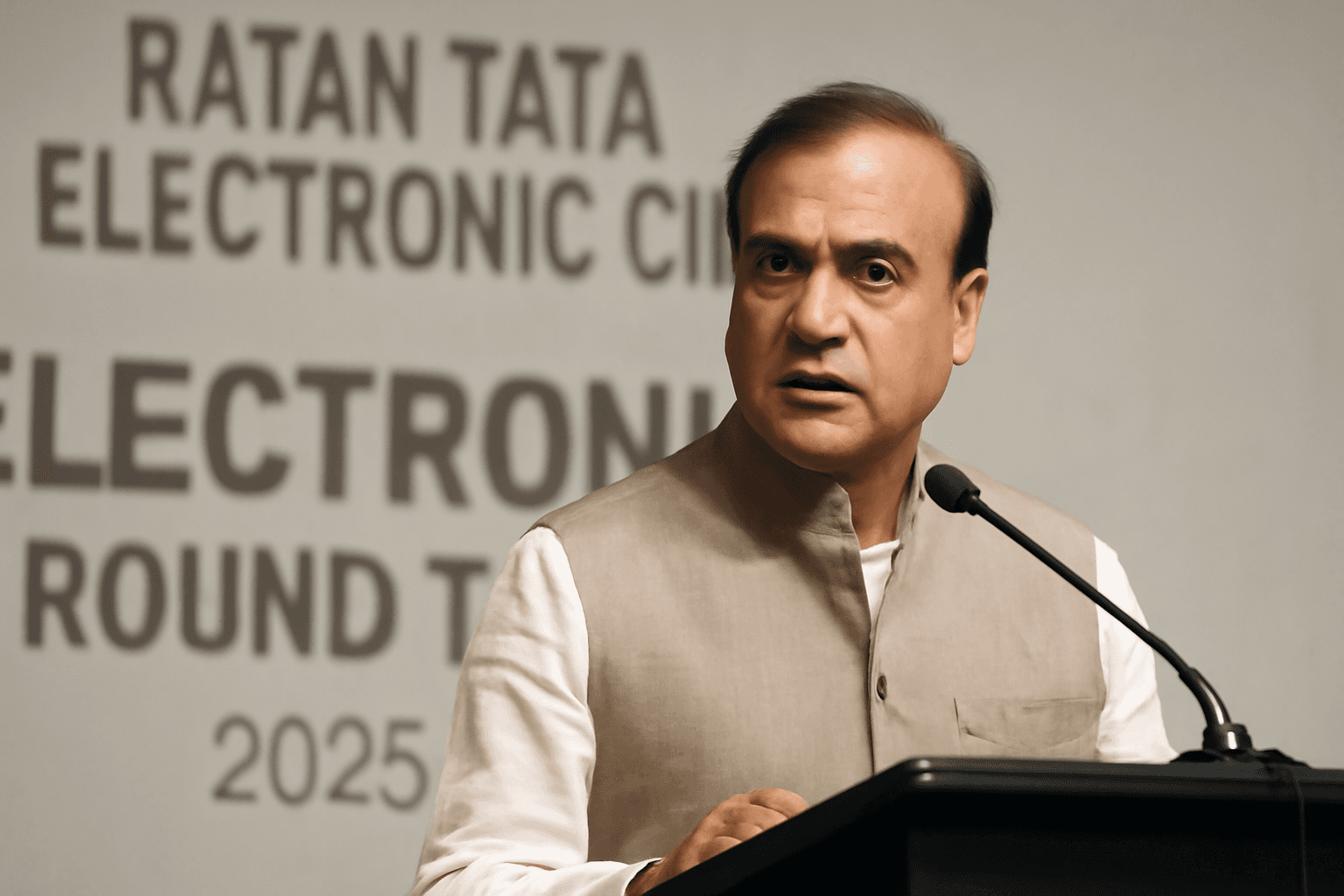India’s IT Sector Faces Turbulence: Job Cuts Spark Investor Caution
India’s IT industry, a cornerstone of the country’s economic growth and a global outsourcing hub, has recently encountered significant headwinds. Major players like Tata Consultancy Services (TCS), Infosys, and Wipro have announced layoffs and slowed hiring, raising pressing questions about the sector’s future. This shake-up comes amid reports of muted earnings growth and structural changes prompted by automation and shifting client demands.
Why Are Job Cuts Happening?
Last month, Tata Consultancy Services (TCS) revealed plans to cut over 12,000 employees, predominantly from middle and senior management tiers. This reduction accounts for roughly 2% of its global workforce — one of the most sizable workforce adjustments in India’s IT history. The company cited a mismatch between current employee skillsets and market requirements, alongside the growing impact of automation, as driving factors.
Other industry leaders have followed suit. Infosys has decelerated fresh graduate recruitment, while Wipro has also trimmed roles. These moves reflect broader challenges in a sector traditionally dependent on human capital but now pushing to integrate automation and artificial intelligence (AI) into service delivery.
How Are Investors Reacting?
Investor sentiment has cooled notably. Sat Duhra, portfolio manager at Janus Henderson Investors, notes that his team gradually divested all Indian IT holdings over recent quarters. He highlights low single-digit growth potential combined with valuations and yields that no longer justify holding these stocks — especially when other Asia-Pacific markets offer cheaper and faster-growing alternatives.
- India’s Nifty IT Index has dropped nearly 20% year-to-date.
- By comparison, Hong Kong’s Hang Seng Tech Index surged 22.2%, and the Nasdaq-100 Technology Sector Index rose over 12% during the same period.
India’s IT Sector vs. Regional Tech Rivals
Abhishek Bhandari, executive director at Nomura, points out a fundamental difference: Indian tech firms primarily provide services aimed at supporting global corporations’ IT needs, making revenues sensitive to economic slowdowns and geopolitical uncertainties. In contrast, technology companies in South Korea, Hong Kong, and Taiwan focus on hardware and semiconductors, sectors currently buoyed by the explosive growth in generative AI — which demands significant hardware investments.
This divergence explains why India’s IT stocks lag despite the AI boom: they’re less directly connected to the hardware-driven growth wave powering their regional peers.
Automation and AI: A Double-Edged Sword
Investment expert Vikas Pershad from M&G Investments reminds us that the disruption caused by automation isn’t unique to India. Many tech firms across Asia are reevaluating workforce needs as AI shifts operational models.
Yet, this transition also opens opportunities for companies that successfully embed AI technologies into their workflows, potentially creating new value streams and efficiencies.
Still, Pershad remains cautious, citing an uncertain earnings outlook and a lack of catalysts that might trigger higher stock valuations anytime soon.
Bright Spots: Where Are the Opportunities?
Despite challenges, not all is bleak. Nomura’s Bhandari maintains a neutral stance overall but singles out Infosys as a promising large-cap pick. With an expected 3.8% revenue growth in FY2026 and aggressive hiring plans — including 20,000 new graduate recruits — Infosys shows resilience.
Moreover, mid-cap IT companies like Coforge are poised to outperform, potentially delivering revenue growth multiples higher than large-cap peers. Coforge’s growth forecast of around 30% for the year makes it a favorite among analysts, with most recommending a buy or overweight position.
- Infosys has a buy rating from Nomura with a 31.86% upside potential.
- Coforge holds a strong buy consensus among analysts with approximately 16.7% upside potential.
What Lies Ahead for India’s IT Industry?
The sector stands at a crossroads. The labor market recalibration, accelerated by automation, challenges the traditional service-oriented model. Yet, the integration of AI and digital transformation initiatives offers pathways to reinvent and capture new growth.
Investors need to weigh short-term uncertainties against long-term value creation prospects. A nuanced approach—favoring select companies demonstrating robust innovation, prudent cost management, and strategic hiring—may be the wisest path forward.
Editor’s Note
India’s IT sector layoffs highlight the ongoing evolution in global technology services. While the headline figures may unsettle investors, the narrative beneath reveals adaptation and transformation keystones. Are Indian IT firms prepared to pivot fast enough to reconcile automation with growth ambitions? And how will these shifts ripple through India’s vast tech workforce and wider economy? These questions remain crucial as the world watches India’s IT landscape navigate through turbulent yet potentially transformative times.
















